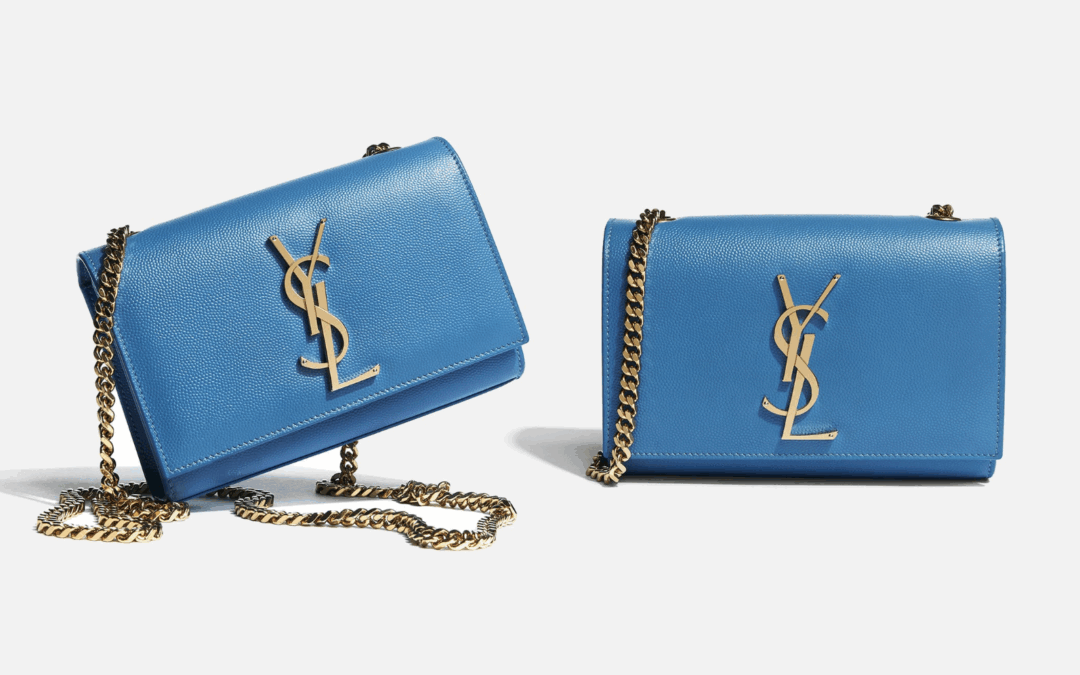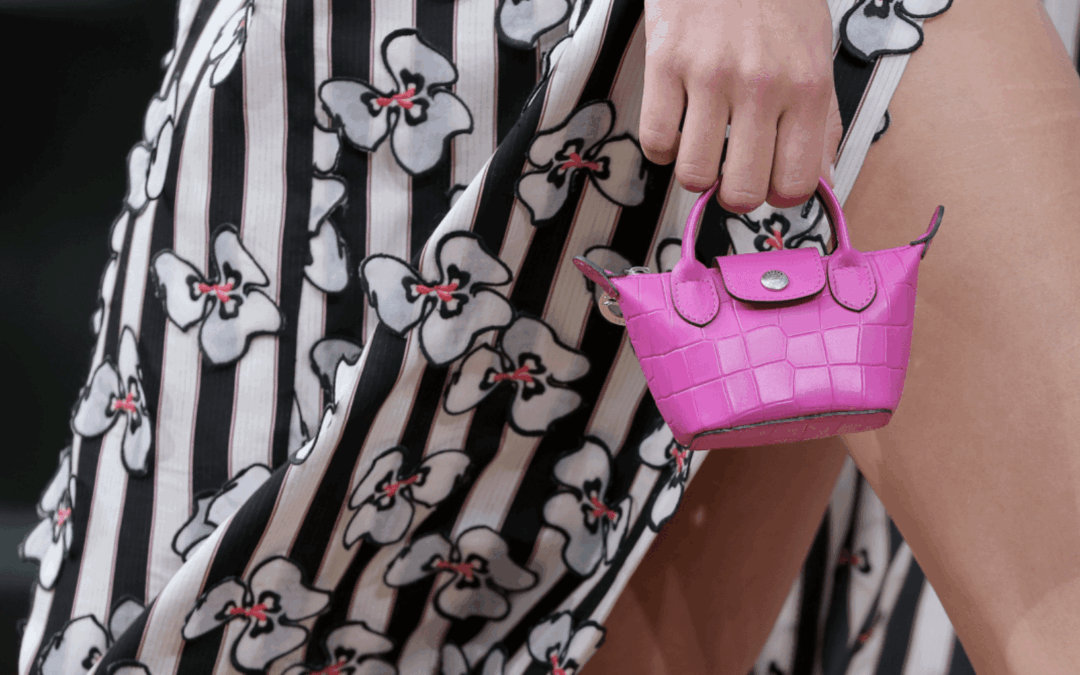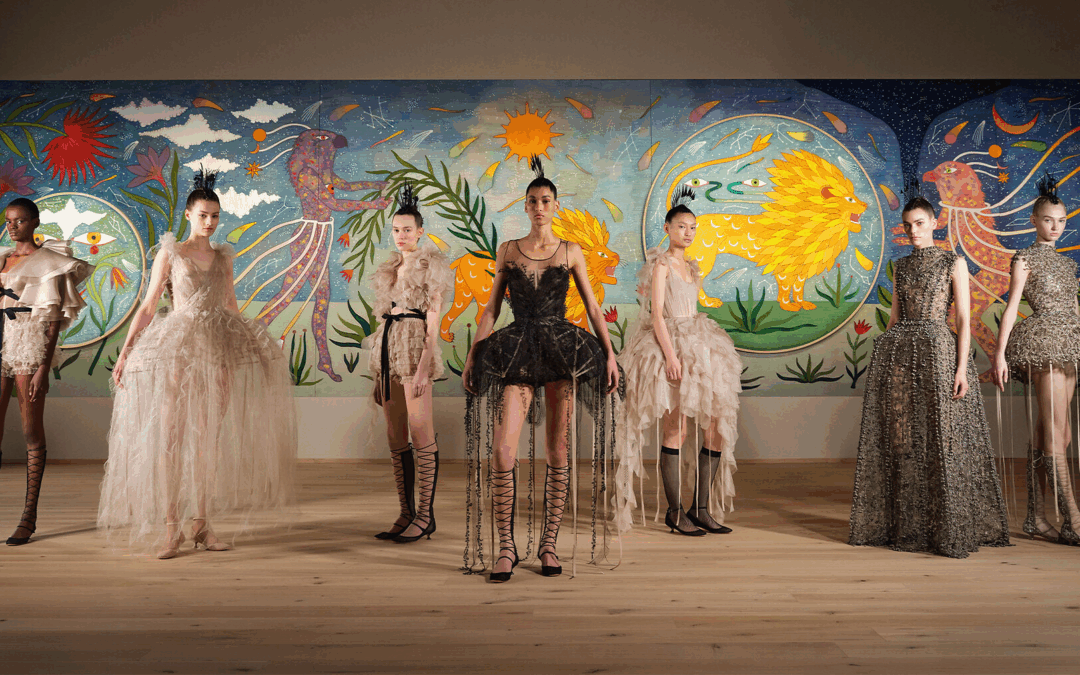
by Thea Elle | Sep 16, 2025 | Luxury Industrial Complex
Style Companion From Hat Shop to Trademark Fortress: How CHANEL Went from Rule Breaker to Rule Maker by Thea Elle | Sep., 16, 2025 | Couture Commentary In 1910, Gabrielle “Coco” Chanel opened a tiny hat shop on Paris’s Rue Cambon armed with little more than a sewing...

by Thea Elle | Aug 6, 2025 | Luxury Industrial Complex
Style Companion Behind the Label: What ‘Made in Italy’ Doesn’t Tell You by Thea Elle | August 6, 2025 | Style Guide “Made in Italy” has long been synonymous with heritage, craftsmanship, and uncompromising quality. For decades, it stood as a gold standard in global...

by Thea Elle | Aug 5, 2025 | Luxury Industrial Complex
Style Companion Let Them Eat Counterfeits: The Fashion House War on Resale Bags by Thea Elle | August 5, 2025 | Style Guide Luxury fashion has always had a selective memory. Brands once passed resale bags quietly through studio backdoors, handing them off to...

by Thea Elle | Jul 28, 2025 | Luxury Industrial Complex
Style Companion Owning Less Isn’t Minimalism. It’s Self-Defense. by Thea Elle | Jul., 28, 2025 | Luxury Industrial Complex No one really needs another bag. But the scroll says otherwise. A tote for your errands, a mini for your evenings, something quilted just...

by Thea Elle | Jul 26, 2025 | Luxury Industrial Complex
Style Companion The Price Tag Is the Point: Why Luxury Bags and Water Bottles Are Designed to Provoke by Thea Elle | Jul., 27, 2025 | Luxury Industrial Complex It’s not about hydration or storage. It’s about status in a bottle or a bag. Whether it’s a Stanley cup in a...

by Thea Elle | Jul 22, 2025 | Arts & Culture, Luxury Industrial Complex
Style Companion Can Luxury Be Ethical at Scale? Dior’s Italian Scandal Reveals a Fragile System by Thea Elle | Jul., 22, 2025 | Luxury Industrial Complex In Milan, the court’s ruling landed not with the crack of a gavel but with the soft thud of inevitability. Less...







